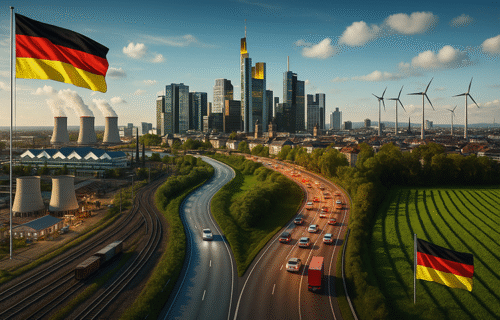Germany posted a modest rebound in industrial production in July, but this was overshadowed by a downturn in exports, signaling a mixed outlook for Europe’s largest economy.
According to Destatis, factory output climbed by 1.3% in July compared to June (seasonally and calendar-adjusted), beating analyst expectations of 1.0%. The increase was led by machinery and equipment, which surged by 9.5%, while the automotive and pharmaceutical sectors posted gains of 2.3% and 8.4% respectively. However, the energy sector declined by 4.5%, offsetting some of the overall gains. Excluding energy and construction, industrial production rose by a robust 2.2%. On a year-over-year calendar-adjusted basis, output was up 1.5%.   
Despite the industrial upswing, German exports fell unexpectedly by 0.6% from June. The decline was driven largely by a sharp 7.9% drop in exports to the United States, which followed the imposition of new tariffs. Lower exports were complemented by a 0.1% decrease in imports, reducing the trade surplus to €14.7 billion from €15.4 billion in June.   
Meanwhile, the decline in industrial orders continued, with a 2.9% drop in July marking the third consecutive monthly fall. Overall orders remain below their long-term average, prompting downgrades in economic growth forecasts for 2025 and 2026. 
Additional economic indicators signal broader softening in domestic demand. Producer prices dropped 1.5% year-on-year in July, exceeding analyst expectations, while retail sales fell 1.5% month-on-month—far steeper than the anticipated 0.4% decline. 
Taken together, the data paints a cautious picture: industry shows signs of stabilization, but weak demand—especially from key export markets like the U.S.—plus falling orders and muted domestic activity suggest underlying fragility. Analysts remain watchful for further indicators before declaring a sustained recovery.
